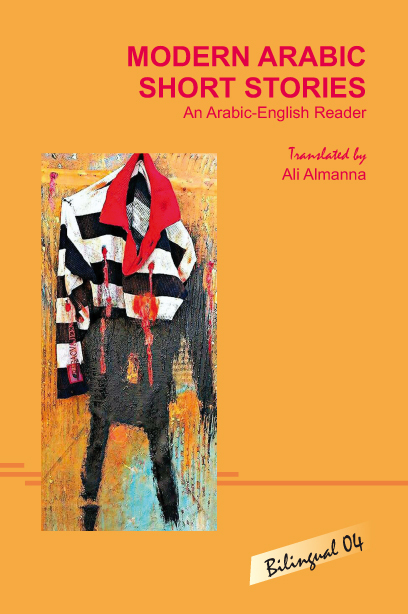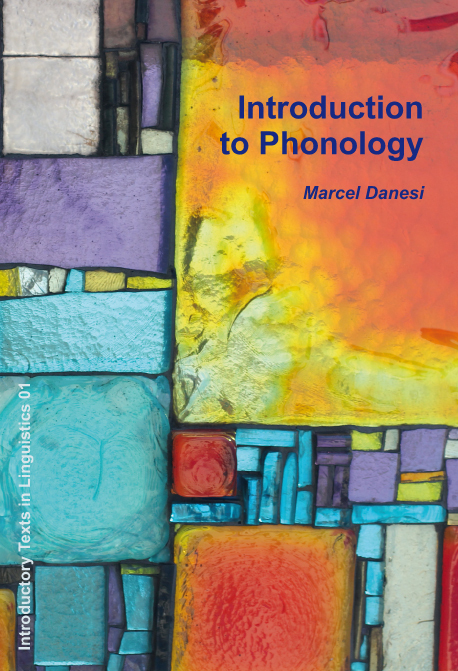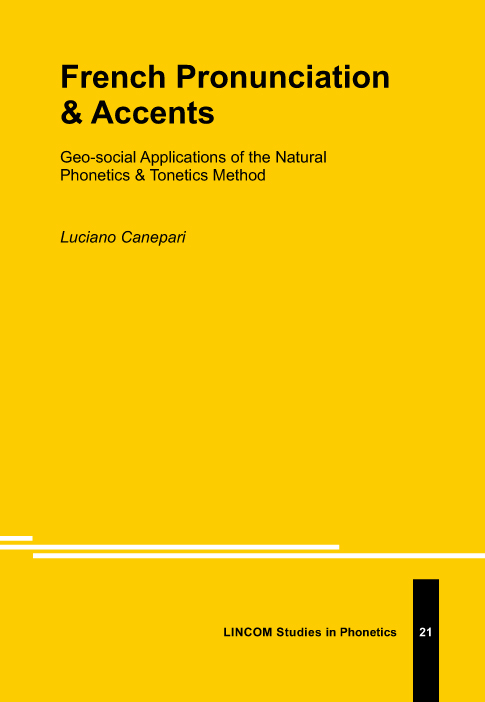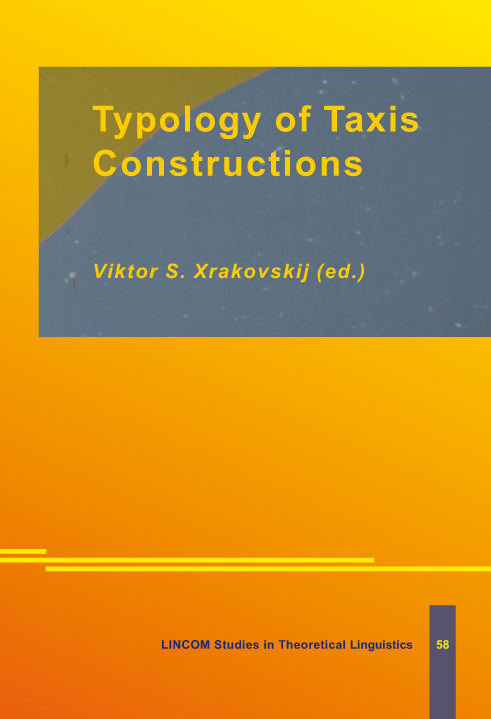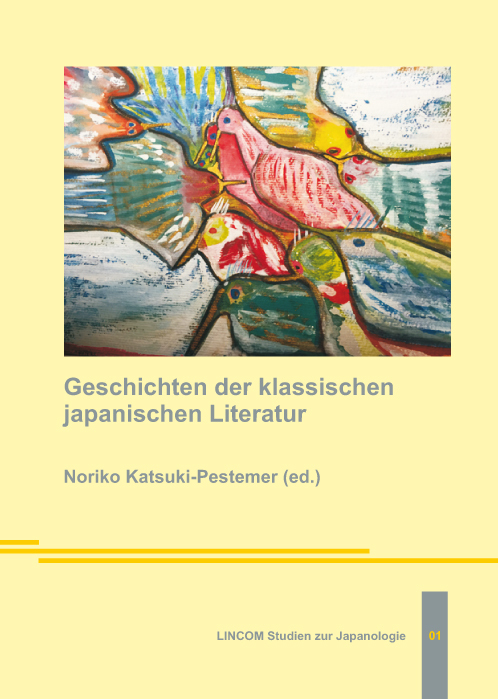Introductory Texts in Linguistics (5 Volumes)
University of Toronto
These five introductory texts in linguistics are intended to give a comprehensive overview of the main areas of linguistics—historically, methodologically, and theoretically—for use in linguistic pedagogy. Each volume covers a specific area of linguistic science—from the study of sound systems to the use of language in social and communicative contexts. They can be used individually or as a set for courses in linguistics or as a background referential source of ideas and research in the five areas that scholars can utilize. They are all written in an accessible style, so that they can be easily adopted in any type of introductory course.
Each text expounds and illustrates both traditional and contemporary approaches to the study of language. The titles of the five individual volumes are: Introduction to Phonology (Volume 1), Introduction to Morphology (Volume 2), Introduction to Syntax (Volume 3), Introduction to Semantics (Volume 4), and Introduction to Pragmatics (Volume 5).
ISBN 9783969391167. Introductory Texts in Linguistics I. Introduction to Phonology. 200pp. 2022.
ISBN 9783969391174. Introductory Texts in Linguistics II. Introduction to Morphology. 200pp. 2022.
ISBN 9783969391181. Introductory Texts in Linguistics III. Introduction to Syntax. 200pp. 2022.
ISBN 9783969391198. Introductory Texts in Linguistics IV. Introduction to Semantics. 200pp. 2022.
ISBN 9783969391204. Introductory Texts in Linguistics V. Introduction to Pragmatics. 200pp. 2022.
Breve introducción a la literatura española
Libro de texto para estudiantes de español como lengua extranjera
Universidad de Guyana
Este libro de texto ofrece una breve introducción a la literatura española desde sus orígenes hasta el siglo XX. Además del texto completo o amplios fragmentos de obras literarias representativas de cada movimiento literario, este manual ofrece una visión general de cada período, una biografía de los autores, así como una amplia selección de actividades para el análisis de todas las obras.
Las obras literarias contenidas en este libro de texto son el poema épico Cantar de Mio Cid (anónimo), las novelas El Lazarillo de Tormes (anónimo) y Don Quijote de la Mancha (Miguel de Cervantes), los poemas Mientras por competir con tu cabello (Luis de Góngora) y Miré los muros de la patria mía (Francisco de Quevedo), así como la obra teatral La casa de Bernarda Alba (Federico García Lorca). Con la excepción del Cantar de Mio Cid y Don Quijote de la Mancha, las demás obras se ofrecen íntegramente.
IBSN 978 3 96939 135 8. LINCOM Coursebooks in Literature 02.155pp. 2022.
Complete Guide to English! A User-Friendly Manual
Typology of Taxis Constructions
Russian Academy of Sciences
This collective volume by the Language Typology Workshop of the St. Petersburg Institute for Linguistic Studies (Russian Academy of Sciences) addresses taxis (relative tense) constructions in languages of different structure. It continues the Workshop’s earlier studies under a general research program launched in the 1960s and focused on the grammatical verb categories related to the semantic and syntactic structure of the sentence. The Workshop’s earlier publications in English include: Nedjalkov V. P. (ed.). Typology of Resultative Constructions. Amsterdam, 1988; Xrakovskij V. S. (ed.). Typology of Iterative Constructions, LINCOM, München, 1997; Xrakovskij V. S. (ed.). Typology of Imperative Constructions. LINCOM München, 2001; Xrakovskij V. S. (ed.). Typology of Conditional Constructions. LINCOM, München, 2005; Nedjalkov V. P. (ed.). Reciprocal Constructions. Amsterdam; Philadelphia, 2007; and Xrakovskij V. S. (ed.). Typology of Concessive Constructions. LINCOM, München, 2012. This volume consists of two parts and an appendix.
Part 1 provides a background on taxis studies and sets forth the underlying theoretical concept. The proposed theoretical concept makes it possible to describe taxis constructions in a form that allows to demonstrate both their common (above all, semantic) properties and typological (above all, grammatical) differences between both related and unrelated languages. The concept establishes a typology of taxis verb forms, provides a characterization of prototypical and peripheral taxis constructions, and proposes calculi for taxis meanings and taxis constructions.
Part 2 consists of two sections and 20 chapters on taxis constructions in various languages. The descriptions are to a large extent uniform as they are based on a common questionnaire.
The contributors to this collective volume are: Alpatov V. M., Barentsen A. (Netherlands), Bystrov I. S. , Dmitrenko S. Yu., Ibragimov I. I., Iskhakova X. F., Kordi E. E. , Kramarova S. G., Malchukov A. L., Nasilov D. M., Nedjalkov I. V., Nevskaya I. A., Nicolova R. (Bulgaria), Nikitina T. N., Nikitina T. V., Ogloblin A. K., Orosz A. (Hungary), Spatari N. M., Stankevich N. V., Tommola H. (Finland), Wiemer B. (Germany), Xrakovskij V. S., and Zorikhina-Nilsson N. (Sweden).
ISBN 9783862887224 (Hardbound). LINCOM Studies in Theoretical Linguistics 58. 710pp. 2016.
Complaints and Impoliteness in Service Encounters:
A Mixed Method Analysis
Ronald Geluykens & Bettina Kraft
University of Oldenburg; University of Trier
Research on (im)politeness phenomena within (cross-cultural) pragmatics has, in the past, all too often focused on a narrow range of face-threatening acts such as requests and apologies, employing a limited range of (controlled) data tools such as dicourse completion tasks (DCTs), and using one single research method. The current book attempts to address these limitations by focusing on (spontaneously) occurring conflictual exchanges, and by using a mixed method approach.
The contribution this study makes is twofold. First of all, by employing a mixture of controlled (DCTs, role plays) and spontaneous (telephone and face-to-face) data, and by combining quantitative and qualitative analyses, we emphasize the advantages, indeed the necessity, of a mixed methodology. Secondly, by concentrating on service encounters, we show that complaints are speech events which are highly context-sensitive. We also demonstrate that previous studies have overestimated the role of politeness strategies in complaints; hence our claim that any analysis of conflict talk needs to take the role of impoliteness phenomena into account as well.
Ronald Geluykens is Full Professor of English Language at the University of Oldenburg; Bettina Kraft is Senior Lecturer in English Linguistics at the University of Trier. They have collaborated extensively on the analysis of complaints in the past.
ISBN 9783862887101 (Hardbound). LINCOM Studies in Pragmatics 30. 276pp. 2016.
Geschichten der klassischen japanischen Literatur
Universität Trier
Dieses Buch präsentiert 48 Geschichten aus zwölf setsuwa-Werken der klassischen japanischen Literatur vom 9. bis 13. Jahrhundert. Zu diesem Genre der japanischen Literatur gehören Anekdoten, Erzählungen, Kurzgeschichten, Legenden, Mythen und Volkserzählungen; die Gemeinsamkeit dieser Gattungen ist, dass es sich um mündlich oder schriftlich tradierte Literatur handelt.
Die Originalfassung der Geschichten im klassischen Japanisch und teilweise im klassischen Chinesisch wurde unter der Leitung der Herausgeberin von Absolventen und Studierenden des Faches Japanologie an der Universität Trier ins Deutsche übersetzt. Eine jede dieser Geschichten enthüllt zahlreiche kulturelle Hintergründe, welche mit Fußnoten erläutert werden. Zudem entschlüsselt das im Buch angehängte Glossar, erstellt von Leon Krings, buddhistische, shintoistische und kulturgeschichtliche Fachtermini, um dem Leser ein noch tieferes Verständnis der Geschichten zu ermöglichen.
Das Zentralthema betrifft mehrheitlich den Buddhismus: Darstellung der Mönche und Nonnen mit hintergründiger Komik; buddhistische Belehrungen durch wundersame Geschichten; Vorstellung buddhistischer Werte (Duldsamkeit, Dankbarkeit, Mitgefühl für Mitmenschen); buddhistische Betrachtung der Frauen. Zudem sind Elemente des Konfuzianismus und Shintoismus, wie z. B. konfuzianistische Pietät und shintoistische Betrachtung der Gottheiten, erkennbar. Neben dem Buddhismus spielt auch Komik eine zentrale Rolle, welche durch übernatürliche Kräfte dargestellter Protagonisten hervorgerufen wird: bärenstarke Frauen, Mönche mit übernatürlichen Kräften, außergewöhnlich mutige junge Männer bei einer Mutprobe und ein Großfraß eines hohen Hofbeamten. Die durch Peinlichkeit hervorgerufene Komik ist zudem bei einigen Geschichten feststellbar. Außerdem gibt es Geschichten, deren Ursprung im alten China festzustellen ist, sodass eine enge kulturelle Verbindung zwischen China und Japan verdeutlicht wird. Eine Geschichte zeigt ferner die politische und kulturelle Verbindung zu der damaligen Koreanischen Halbinsel auf. Es treten in den dargestellten Geschichten neben Menschen nicht nur Tiere (Füchse, ein Marder, Rehe, eine Kuh, eine Krabbe, eine Schlange, ein Hund und Bienen), sondern auch fiktive Wesen (der oni, der tengu und Drachen) auf. Anekdoten geschichtlich bekannter Persönlichkeit werden auch geschildert. Alle diese Geschichten stellen verschiedene Gefühle der Menschen wie z. B. Angst, Eifersucht, Freude, Liebe, Neid, Traurigkeit und Wut dar.
Das Buch wird den Leser in eine Welt einführen, in der anhand Geschichten der klassischen japanischen Literatur ihm bislang verborgene Kulturen vorgestellt werden, die dessen ungeachtet gleichzeitig Gemeinsamkeiten zwischen voneinander vollkommen verschiedenen Kulturen aufzeigen.
ISBN 9783862886838 (Hardbound). LINCOM Studien zur Japanologie 01. 274 S. 2016.



